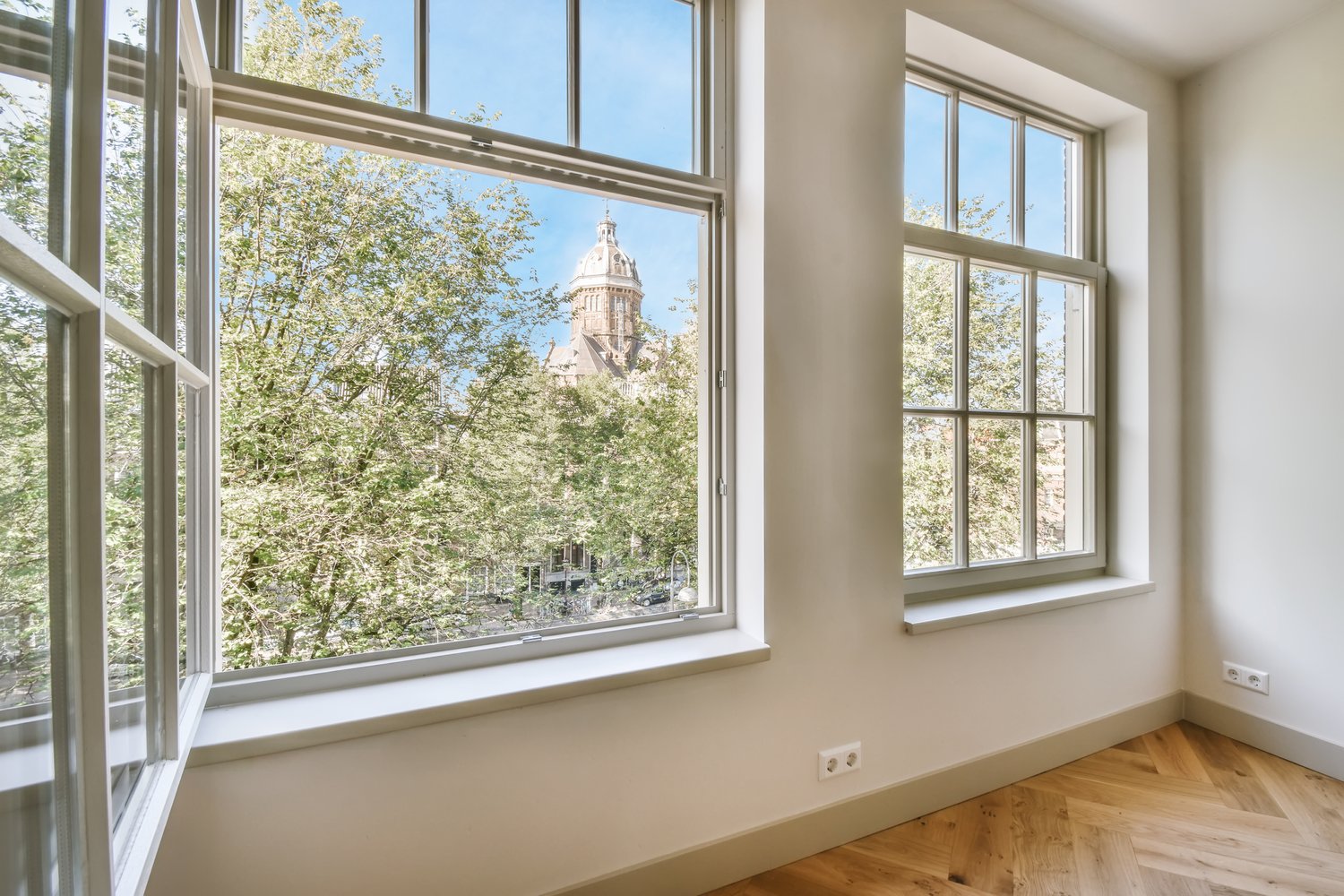Walking from one perfectly comfortable room into another that feels like a completely different climate is a common household frustration. Uneven heating cooling issues can make parts of your home feel like a sauna while others remain chilly, regardless of your thermostat settings. This article explores the typical causes of temperature inconsistencies throughout your home, from blocked vents to inadequate insulation. We’ll provide practical solutions to fix hot cold spots home problems and help you create a consistently comfortable living environment in every room.
Why Temperature Varies Throughout Your Home
Temperature inconsistency is one of the most common complaints homeowners have about their HVAC systems. The physics behind this issue is straightforward: heat naturally rises while cool air sinks. In multi-level homes, this often results in upper floors being warmer than lower ones. Beyond this natural tendency, structural factors significantly impact how evenly your home heats and cools. Older homes may have inadequate insulation, while newer homes with open floor plans can struggle with proper air distribution. South-facing rooms typically receive more direct sunlight, creating naturally warmer spaces compared to north-facing rooms. Understanding these fundamental causes is the first step toward addressing uneven heating cooling problems that make your home uncomfortable.
Common Causes of Hot and Cold Spots
Blocked or closed vents are frequently the culprit behind temperature inconsistencies. When furniture, rugs, or decorative items obstruct airflow, they prevent conditioned air from properly circulating. Similarly, closed or partially closed vents restrict airflow to certain areas. Your HVAC system might also be improperly sized for your home—an oversized unit will cycle on and off too quickly, while an undersized one will run constantly without adequately conditioning all spaces. Leaky ductwork is another significant issue, potentially allowing up to 30% of conditioned air to escape before reaching its intended destination. Inadequate insulation and air sealing problems, particularly around windows, doors, and attic spaces, can create dramatic temperature differences between rooms. Identifying which of these factors is causing your specific issue is crucial to implementing the right solution to fix hot cold spots home problems.
How to Diagnose Your Specific Issue
Before attempting solutions, take time to properly diagnose your uneven temperature problems. Start by conducting a room-by-room assessment. Use a reliable thermometer to measure temperature differences between rooms at various times of day. Note which rooms consistently run hot or cold and under what conditions these disparities occur. Check for obvious airflow obstructions like furniture blocking vents or closed registers. Inspect your air filters, as clogged filters significantly reduce system efficiency and airflow. According to data from AskHomey, homeowners who regularly maintain their HVAC systems report fewer temperature inconsistency issues. Consider seasonal factors as well—a room that’s too warm in summer might be perfectly comfortable in winter. This systematic approach helps narrow down potential causes before you invest in solutions.
Simple DIY Solutions to Improve Airflow Rooms
Several straightforward adjustments can significantly improve temperature consistency. First, ensure all vents and registers are fully open and unobstructed. Rearrange furniture that blocks airflow, creating at least a 10-inch clearance around all vents. Replace air filters monthly during heavy-use seasons to maintain optimal airflow. For two-story homes, adjust your fan settings seasonally—”On” during winter keeps air circulating continuously, while “Auto” in summer prevents pushing hot air downward. Balance your HVAC system by partially closing vents in comfortable rooms to direct more air to problematic areas (though never close vents completely). Installing ceiling fans helps distribute air more evenly, especially when operated seasonally—clockwise in winter and counterclockwise in summer. Proper use of window treatments also helps; close blinds during peak sun hours in summer and open them to capture solar heat in winter.
Professional Solutions for Persistent Problems
When DIY approaches don’t resolve your uneven heating cooling challenges, professional solutions may be necessary. A comprehensive HVAC inspection can identify issues invisible to homeowners, such as ductwork problems or system imbalances. Professional duct sealing dramatically improves efficiency, as even small leaks can significantly impact performance. For homes with chronic issues, zoning systems divide your house into separately controlled temperature zones, each with its own thermostat. This allows precise management of different areas based on usage patterns and natural temperature variations. Smart thermostats with remote sensors provide another technological solution, monitoring temperatures in multiple locations and adjusting your system accordingly. For older systems, a variable-speed HVAC upgrade offers more consistent temperatures by running at lower speeds for longer periods rather than frequently cycling on and off.
Preventing Future Temperature Inconsistencies
Maintaining even temperatures throughout your home requires ongoing attention. Schedule professional HVAC maintenance twice yearly—before heating and cooling seasons begin. These preventive check-ups ensure your system operates at peak efficiency and can identify potential problems before they cause comfort issues. Improve your home’s envelope by adding insulation in attics, walls, and crawlspaces, particularly in older homes. Address air leaks around windows, doors, and other penetrations with appropriate weatherstripping and caulking. Consider installing insulating window treatments for rooms that experience extreme temperature fluctuations. By taking these preventive measures, you’ll balance HVAC system performance and maintain more consistent comfort throughout your home regardless of external conditions.
For more tips and to connect with reliable home service professionals, follow AskHomey on Facebook and Instagram.



